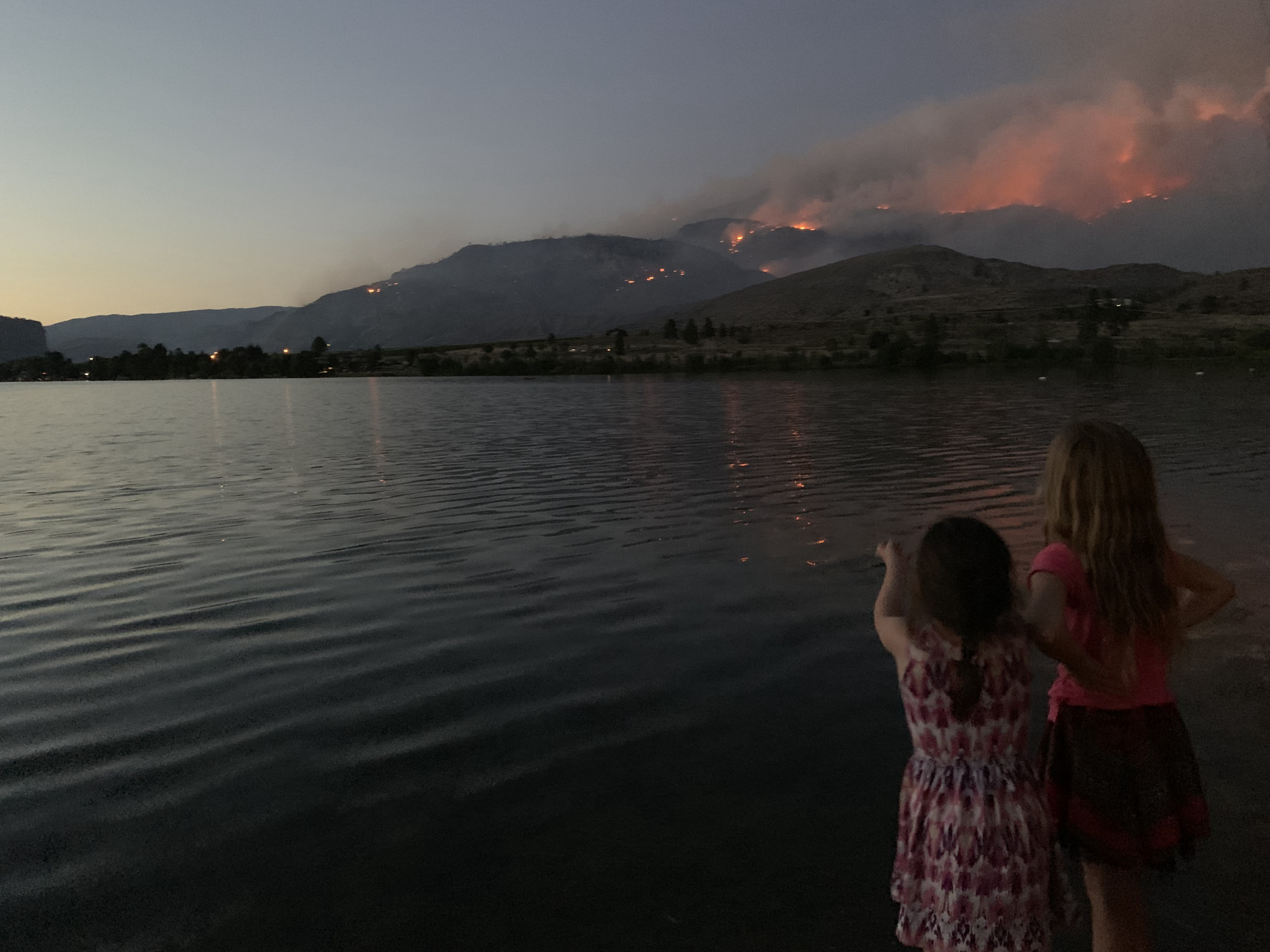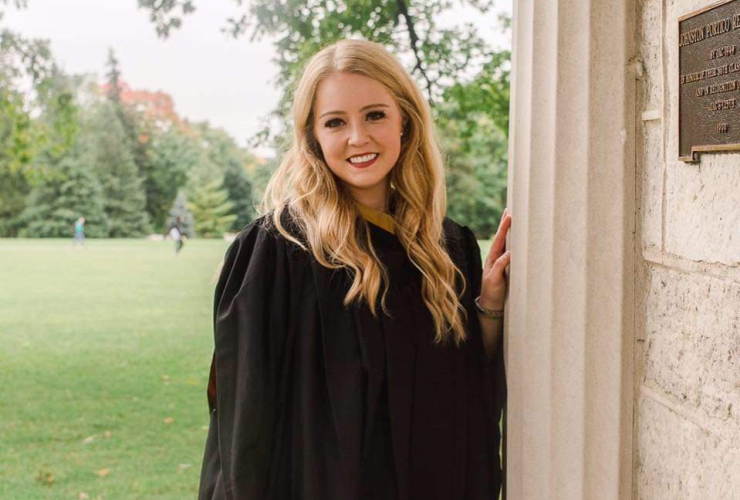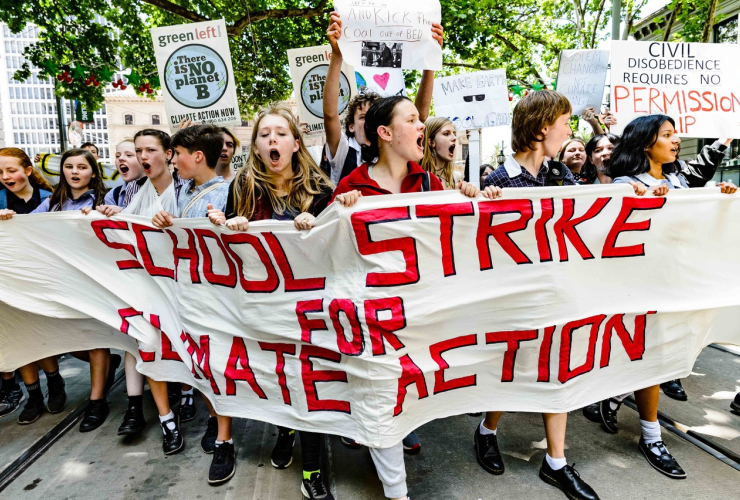Broken temperature records and deaths from heat and wildfires. This past week, the climate emergency got real, and it doesn’t feel very good. The world seems unstable. What do we do first?
In the midst of a shocked reaction to the new window into human illness I experienced as a third-year medical student, I read the politically incorrect classic The House of God. The third law of the House is, “at a cardiac arrest, the first procedure is to take your own pulse.” I’ve been doing it ever since. When an unstable patient is brought in, I stand silently at the foot of the bed and take my own pulse. It works. If my pulse is racing, I take three big breaths where my belly balloons out and I exhale slowly, and sure enough, my pulse slows and my mind clears. A physician friend in the military tells me they now teach this as “tactical breathing.” I checked in with a nursing colleague recently; she does the same.
It’s counter-intuitive, because there’s a lot to do. And yet, a clear, calm cognitive landscape is the necessary precondition for good decision-making in critical situations. It is the best way to avoid the mental traps of cognitive biases and to be able to communicate effectively as a team.
This is clearly required in the ER trauma room when it comes to personal health issues — but less easy to recognize in a planetary health emergency involving societal distress and trauma. As reports of heat emergencies and wildfires increased this past week, I raced to absorb and respond to material, connecting wildfire experts, physicians, decision-makers and media, and finally realized I’d entered an over-caffeinated state of Zooming inefficiency. I stopped, took my own pulse, breathed deeply, reset and then checked in with some colleagues to see how they were managing.
It’s a difficult moment. We are in the process of moving the reality of continued warming into our common vision for the future. Increasing temperatures are predicted. The Canada’s Changing Climate report, published by Environment and Climate Change Canada, shows that emissions already in the atmosphere mean that by the time a child born today is in their 20s, Canada, which is warming at double the global rate, will be 1.8 C warmer than a new baseline drawn between 1986 and 2005.
I’ve presented this information over a hundred times to all sorts of audiences — decision-makers, physicians, community members, parents and youth. Every single time, people have looked surprised and frightened. Before the recent heat dome and its consequences, I don’t believe it had truly landed in Canadian society that we will continue to see increased warming and continuously changing precipitation patterns until at least the mid-century.
Why not? Data has not been the limiting factor. Certainly, organized and well-funded misinformation campaigns have contributed to obscuring the information. But I think another factor has been at play — our love for the planet. Giving bad news is hard. Receiving bad news is hard. In the ER, when I have a difficult diagnosis to relay, I take a deep breath, steady myself and enter the patient’s room, ready to dedicate focused time, to be ready for every emotion: guilt, anger, tears, laughter. In my small town, there’s usually only one doctor working the ER at a time. I am conscious when I attend to people I love that my cognitive space is altered by my feelings — sadness, anger, worry. I know this clouds my decision-making. I hand the patient over as soon as I am able to.
The challenge with the climate emergency is that it is a situation that impacts every single one of us and everyone we love. And yet, we are all in charge of its management.
As a new mom, I read Bill McKibben’s article “Global Warming’s Terrifying New Math” and finished it curled up in the fetal position around my nine-month-old. My first thought upon awakening for the next four months was, “My daughter has climate change.” If I wasn’t working on it, I felt like I wasn’t taking care of her. It was difficult to allow myself time to enjoy her laugh, her curls.
It was years before I understood that spending time in an inner future mental dystopia was draining the energy I needed to do the work of change, and that I was dishonouring the world I was trying to save by not being present to its beauty. This also puts us at risk for burnout, because if our only joy comes from making progress, we work and we work until we are cranky and ineffective.
A year ago, a multidisciplinary team and I explored ecoanxiety and ecological grief in the Lancet Planetary Health. These feelings have been long described in Indigenous Peoples and farmers, people who pay close attention to changes in the land. As climate impacts worsen, worry, grief, anger and guilt are becoming more widespread. Being open about these emotions is a gift to everyone else around you — because it lets people know that they are not alone. We found that “recognizing that emotions are often what leads people to act, it is possible that feelings of ecological anxiety and grief, although uncomfortable, are in fact the crucible through which humanity must pass to harness the energy and conviction that are needed for the life-saving changes now required.”
If you sense worry rising, your heart pounding, take your pulse, take a breath, enjoy some green time, put your phone down, wander over and see what your kids have gotten up to, cuddle up. The best information we have tells us that as children see us taking care of the planet, as they help us in that pursuit, they feel cared for. But they also need us to be here now, enjoying their little selves. Once restored, give it another go. As we gradually align our lives and societies with what a resilient, low-carbon future demands, we will feel better. Action feels better than anxiety.
Remember that line from the musical Rent: "Living with, living with, living with … not dying from disease." It applies to our planet as much as to people. To spend the rest of our time here mourning is to miss the vitality before us — the beauty and joy that can fuel the work of change. We are in a climate emergency. Creating the world we need will demand much of us. Bringing that world to life will be the making of us.
Dr. Courtney Howard is an emergency physician in Yellowknives Dene Territory, a clinical associate professor in the Cumming School of Medicine, University of Calgary, a community research fellow in planetary health at the Dahdaleh Institute for Global Health Research and past president of the Canadian Association of Physicians for the Environment.
Thank you for this.
Thank you for this.
As Joanna Macy's four-part "Work That Reconnects" shows us, it is vital that we collectively express our grief for what is happening to our world. The second stage in the Work that Reconnects is called Honouring Our Pain For the World. Ironically enough, allowing ourselves to truly express the deep grief we feel (vis a vis climate change, ecological destruction, cancer etc) in a safe setting with other people can be a process that is profoundly freeing. It also seems to open ourselves up to thinking more creatively about the challenges that face us.






Comments